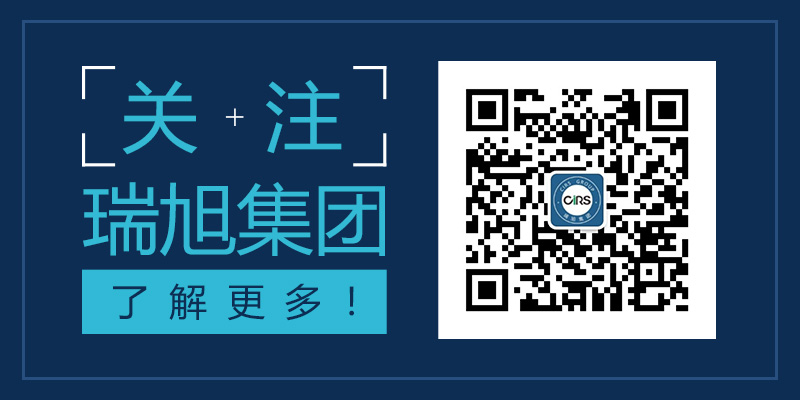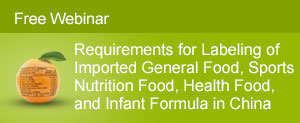In recent years, the cross-border e-commerce has developed rapidly. According to statistics, the value of cross-border e-commerce trade counted for about 17.6% of import-export trade in 2015, and it will increase to 20.3% in 2016 according to the preliminary estimation of Ministry of Commerce. Related Chinese authorities have published several regulations and notices on products regulatory compliance, custom clearance, inspection and quarantine, tax and etc. successively to guide, regulate and govern the trade order.
In early 2015, China (Hangzhou) Cross-border E-commerce Comprehensive Pilot area was first established in Hangzhou. In early 2016, new cross-border e-commerce comprehensive pilot areas have been set up in 12 cities decided by the state council, such as Shanghai, Guangzhou, Shenzhen and etc. High attention has been paid to cross-border e-commerce by the government. And at the meanwhile, more and more domestic and oversea enterprises have focused on and participated in the trade of cross-border e-commerce due to the great convenience and yield.
Two types of the cross-border e-commerce
1. Direct mail cross-border e-commerce: Products are sold to Chinese customers directly by international express from overseas and the consignee is individual customer.
2. Online shopping bonded cross-border e-commerce: The whole batch of cargoes are imported into China and stored in a special supervision area. The products are then retailed to customer online and delivered to customers individually.
Which food categories the cross-border e-commerce applied to at this moment?
1. Foods that can be imported through traditional trade.
2. Foods that belong to new category in China but doesn’t have corresponding Chinese national standards.
3. Foods that contain approved raw materials, food additives, etc. in the country of origin, but not approved in China.
4. Foods that need to be registered in China with long duration through traditional trade before importation, such as dietary supplement, but without registration certificates.
5. Foods that have compliant original label, but do not have compliant Chinese label.
6. Foods that are expected to be imported into China market and become popular in a short time.
Key points of cross-border e-commerce trade
Direct mail cross-border e-commerce
- High-quality foods
- Well known online trade platform
- Fast and efficient international express
Online shopping bonded cross-border e-commerce
- High-quality foods
- Well known online trade platform
- Fast and efficient international express
- Logistics company
- Warehousing company
- Custom clearance company
Related regulations and notices
| Publish Date | Published By | Regulations or Notices | Implementation Date |
| 2013.8.21 | General Office of the State Council | Opinions on Implementing the Policy of Supports the Retail Export under Cross-border E-commerce | 2013.8.21 |
| 2014.7.23 | General Administration of Customs | Notice on the Supervision of Import-export Cargos, Articles under Cross-border E-commerce (No. 56 of 2014) | 2014.8.1 |
| 2014.7.30 | General Administration of Customs | Notice on adding the code of custom supervision mode (No. 57 of 2014) | 2014.8.1 |
| 2015.5.4 | The state council | Opinions on Developing E-commerce Rapidly and Speeding up to Cultivate the New Impetus of Economy (No. 24 of 2015) | 2015.5.4 |
| 2015.5.12 | The state council | Several Opinions on Speeding up to Cultivate the New Foreign Trade Competitive Advantage | 2015.5.12 |
| 2015.5.14 | AQSIQ |
Opinions on Further Play the Function of Inspection and Quarantine to Promote the Development of Cross-border E-commerce |
2015.5.14 |
| 2015.6.16 | General Office of the State Council | Guidance on Accelerating the Health and Rapid Development of Cross-border E-commerce (No. 46 of 2015) | 2015.6.16 |
| 2015.8.18 | CFDA | Supervision and Management on Online Food Operation (exposure draft) | Draft |
| 2015.9.9 | General Administration of Customs | Letter on Strengthen the Importation Supervision of Cross-border E-commerce Online Shopping Bonded Type (No. 58 of 2015) | 2015.9.9 |
| 2015.10.14 | AQSIQ | Supervision and Management on Cross-Border Electronic Commerce of Imported Food through Bonded Online Shopping (exposure draft) | Draft |
| 2015.11.24 | AQSIQ | Managements Specification on Cross-border E-commerce Operator and Products Record (Notice No. 137 of 2015) | 2016.1.1 |
Different requirements between cross-border e-commerce and traditional trade
| Requirements | Traditional Trade | Cross-border E-commerce |
| Corresponding Chinese product national standards | Yes, it is mandatory | No, it is optional |
| Approved product formula | Yes, all raw materials must be approved in China | No, some raw materials could be unapproved in China but approved in other countries. |
| Compliant Chinese label | Yes, it is mandatory | No, it is optional |
| Major Tax | Added-value tax, import tax | Personal postal articles tax |
| Documents for inspection declaration | Lots materials are needed, such as the original labels and corresponding Chinese label, country of origin certificate, nutrition test reports as and etc. |
1. direct mail type: managed as imported international parcel or express. 2. online shopping bonded type: Few materials are needed, such as the operator notification certificate, product qualification certificate and etc. |
| Duration of custom clearance | Longer | Shorter |
| Inspection and quarantine | Casual inspection |
1. direct mail type: managed as imported international parcel or express. And the casual inspection will be conducted on foods which are bought by the inspector online 2. online shopping bonded type: casual inspection |
Compared with traditional trade, cross-border e-commerce trade has huge advantages in time and cost at this moment. However, according to the new draft on Supervision and Management on Cross-Border Electronic Commerce of Imported Food through Bonded Online Shopping which published by AQSIQ recently (click here for detailed information), the requirements on either product itself (including product raw materials, product Chinese label, product registration etc.) or the product inspection and quarantine of food imported through cross-border e-commerce will be consistent with that of traditional trade. It is very necessary for food safety control.
Related enterprises should pay more attention to these regulations and be ready to respond to the new requirements of the government by making your products regulatory compliance in time. CIRS will update the following progress continuously.
Contact us
Ms. Alice Yang, Food & Health Products, CIRS China
11F Dongguan Building, 288 Qiuyi Road, Binjiang District, Hangzhou, China, 310020
Tel: +86 571 8720 6555 | Fax: +86 571 8720 6533
Email:Alice.Yang@hfoushi.com






